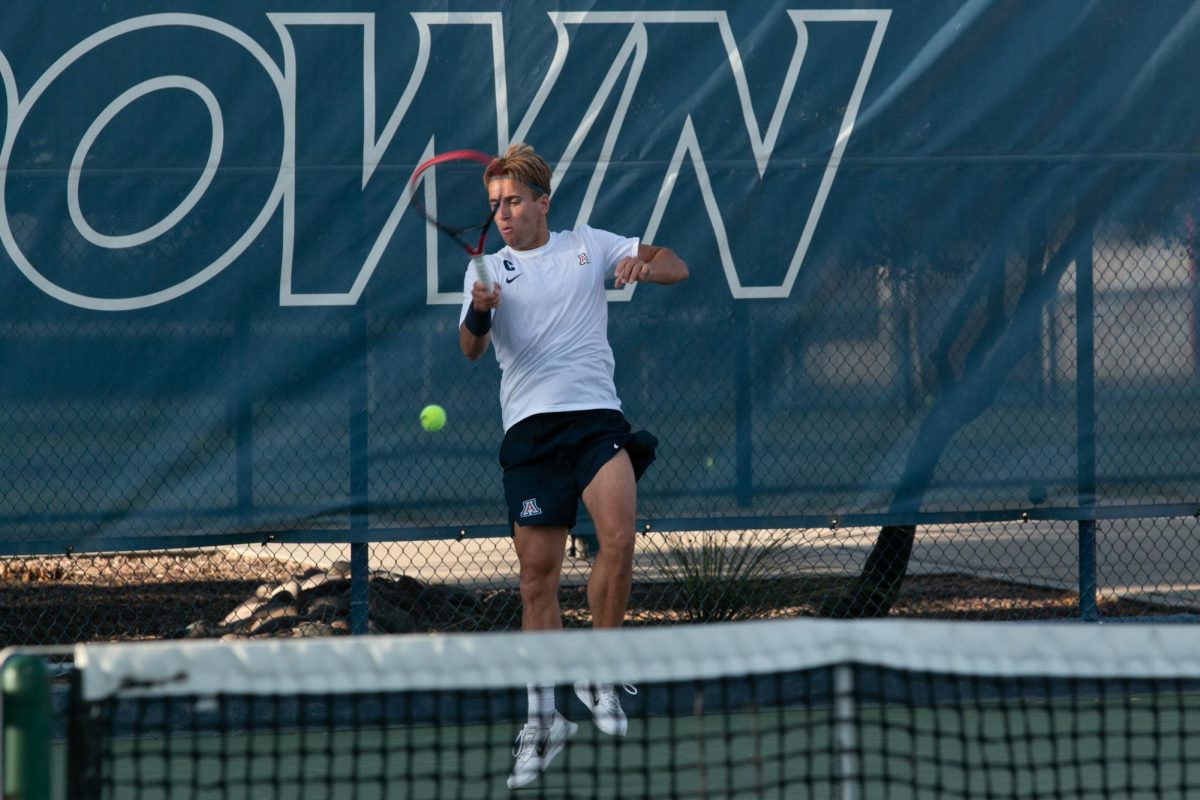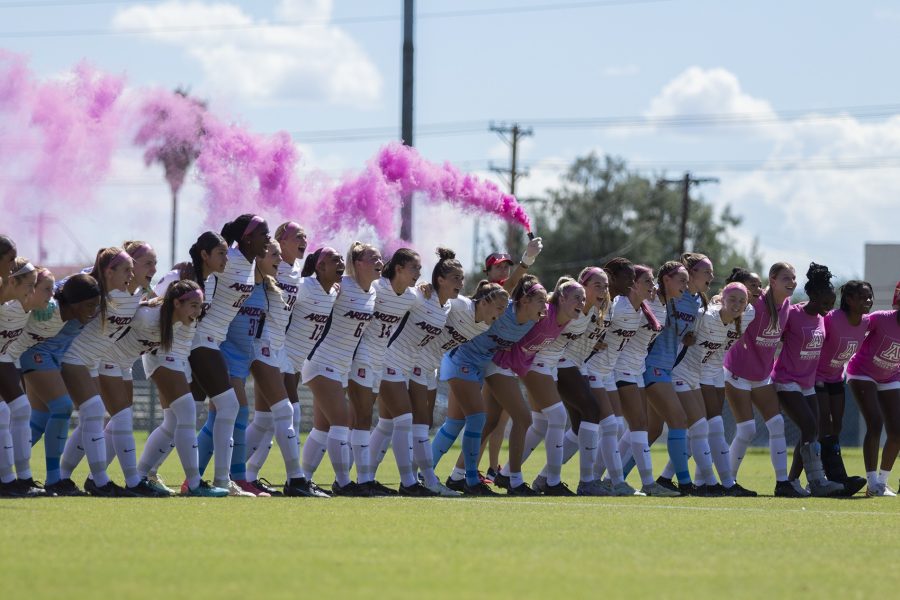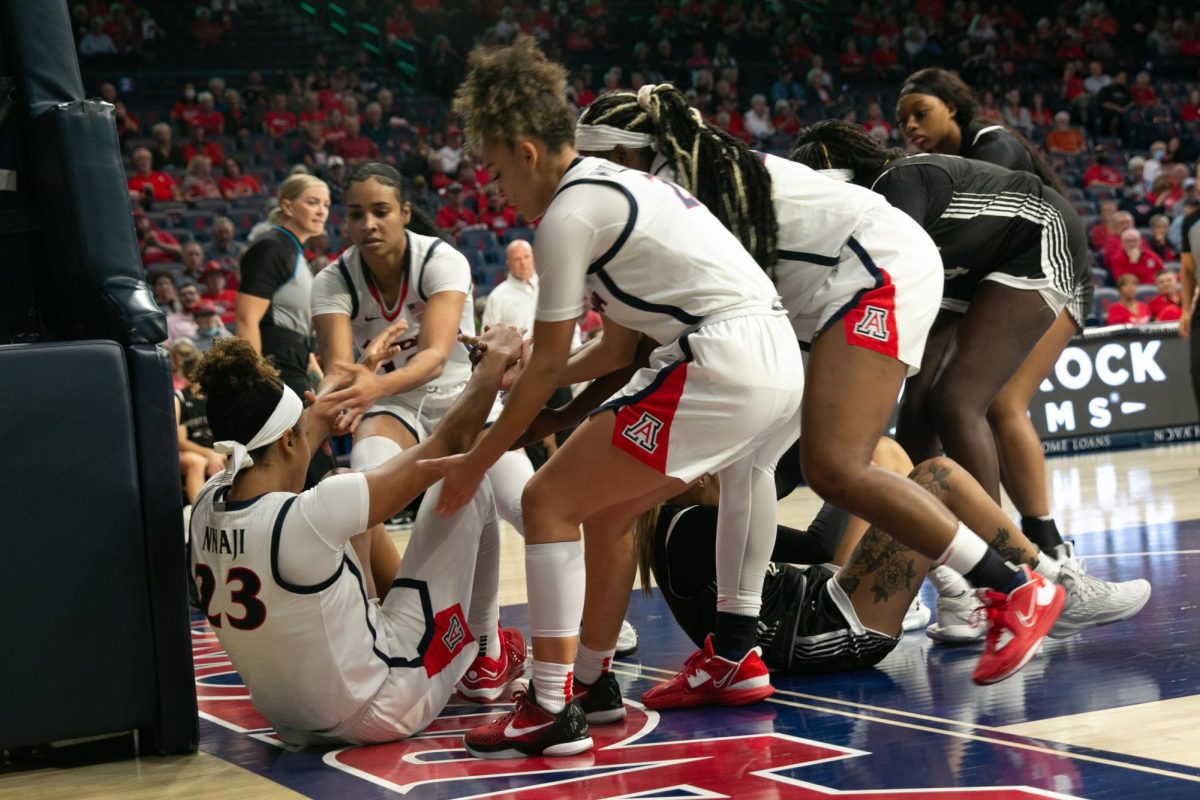Who wasn’t Pac-ing for a trip to Sixth Street’s wild party, hearing echoes from the Live Music Capital of the World?
Austin’s melody sounded too good to be true: The premiere college athletics program — The University of Texas — flirting with the idea of pioneering the Pacific 16 Conference into an equally as powerful institution.
Branding specialists at CAA — the hot-shot Hollywood agency who Pac-10 commissioner Larry Scott hired for expansion consultation — couldn’t have dreamed of a better Ari-Gold-esque acquisition.
Take your pick, Larry: ABC, ESPN, NBC, FOX — any national network would’ve cleared nights and weekends to dominate three time zones of premiere competition in the nation’s fastest-growing sport.
The master plan that would’ve absorbed the Big 12 South folded on Monday as the Longhorns officially declined an invite after two weeks of ramped speculation.
Two weeks crumbled in a few hours, and the only progress made was from Chip Brown, a writer for some college recruiting website with inside sources that came off like a parlay of musical chairs.
As Los Angeles Times reporter Chris Dufresne tweeted: The guy who broke the story about Texas jumping to the Pac-10 also broke the story about Texas staying in the Big 12.
But who could ignore such fascinating information? Credible or not, the reports about Texas and its Big 12 minions showing interest to Scott’s system was one of the most exciting storylines in NCAA history.
The other five piggy-backing schools didn’t matter — they never did. Sure, Oklahoma puts together a fine football program and maybe a Blake Griffin here and there, but are they $138.5 million Good? Texas athletic department brought in that revenue from an ultra-passionate fan-base.
The Longhorn tradition would’ve pioneered a television contract worth about $250 million annually and established an incredible conference football championship game — something that could’ve been cycled through Jerry Jones’ Taj Mahal in Dallas, Glendale’s University of Phoenix Stadium and San Diego’s Qualcomm Stadium.
The Pac-16 Basketball Tournament in Las Vegas’ Thomas & Mack Center — why the heck not?
Arizona would’ve essentially switched conferences by playing in the Pac-16 East. While pod scheduling could’ve cut back on visits to the Pacific Northwest and possibly Bay Area schools, the Pac-16’s newfound connection to the Texas market would allow Mike Stoops to pierce a floodgate of an even deeper Lone Star pipeline of recruiting.
UA basketball coach Sean Miller, a marketing guru of his own, came to Arizona to restore a national brand of elite college basketball, and a big-time television deal would’ve allowed the family of Momo Jones — and all his teammates in Harlem, N.Y. — to watch marquee games live in prime time.
Influence: That’s what great recruits want and that’s what successful programs get — both in financial and prestigious compensation.
The Pac-10 couldn’t close. Now an ambitious Larry Scott must once again reinvent a plan to keep fans from complaining how the national media disrespects the league.
Scott was thisclose to getting his teams the marquee time slots positioned for the lead-in to SportsCenter and highlights from “”colossal”” matchups on a weekly basis.
Instead, for now, we’re left with South Florida vs. Rutgers on Thursday nights. Then Georgia vs. South Carolina on Friday nights. And Michigan vs. Nebraska on Saturdays.
Today’s Pac-10 just isn’t attractive to television and Colorado’s arrival certainly doesn’t impact that from any standpoint. Nor would Utah.
From the national perspective, it goes like this: “”Poor Pac-10. Can’t defend in football, basketball OR expansion. But enjoy Colorado, fellas,”” tweeted CBSSports.com scribe Gregg Doyle.
It goes like this: An Arizona football team that starts the season 4-1 in the Pac-16 would be ranked at least No. 15 in national polls.
Today’s Pac-10: maybe a few votes.
Traditionalists insist on maintaining the symmetrical structure of the current Pac-10. But how viable is a 30-year-old work model in today’s age of ultra-competitive recruiting. As professional sports go global, college athletics must go national to attract the best and brightest athletes.
Give credit to Scott for instilling the right mindset in Walnut Creek, aiming to provide his schools enough money to compete with revenue models of nearly a third to what the Big Ten and SEC are providing their schools with television contracts.
The forward-thinking Scott risked the conference’s authority and public image after the Texas Master Plan was revealed. One way to recover will be to field ultra-competitive bowl teams like in 2009.
After all, winning cures all.
— Bryan Roy is an interdisciplinary studies junior. He can be reached at sports@wildcat.arizona.edu
| Big Ten | $242 million |
| SEC | $205 million |
| Big 12 | $78 million |
| ACC | $67 million |
| Pacific-10 | $58 million |
| Big East | $33 million |








